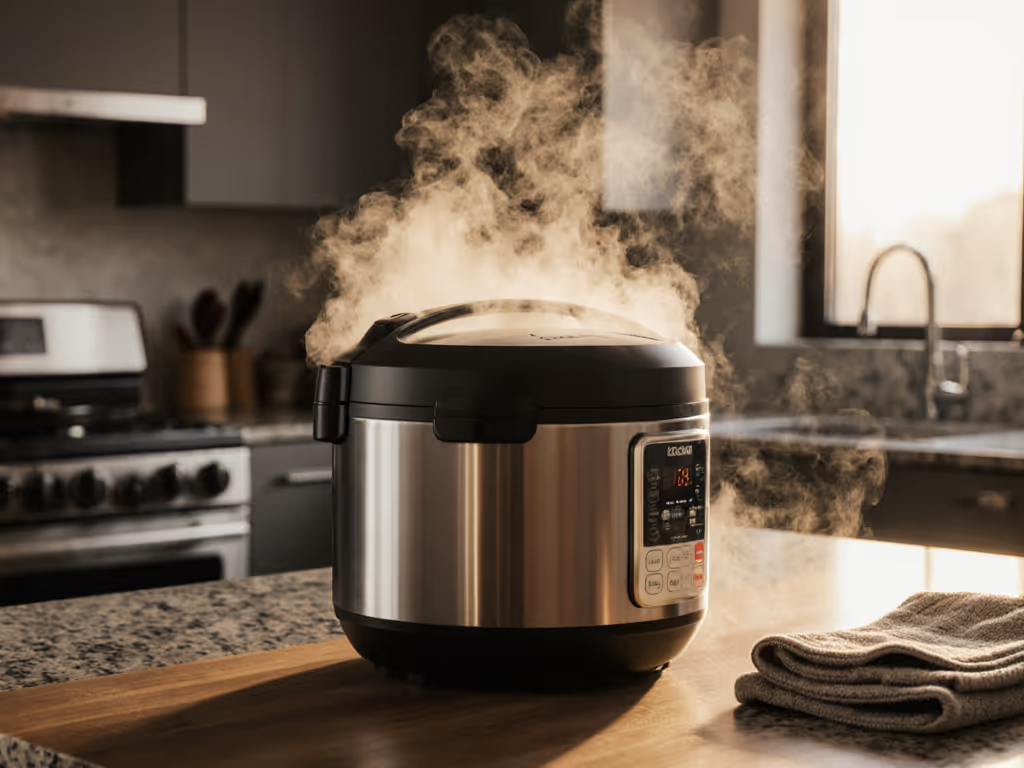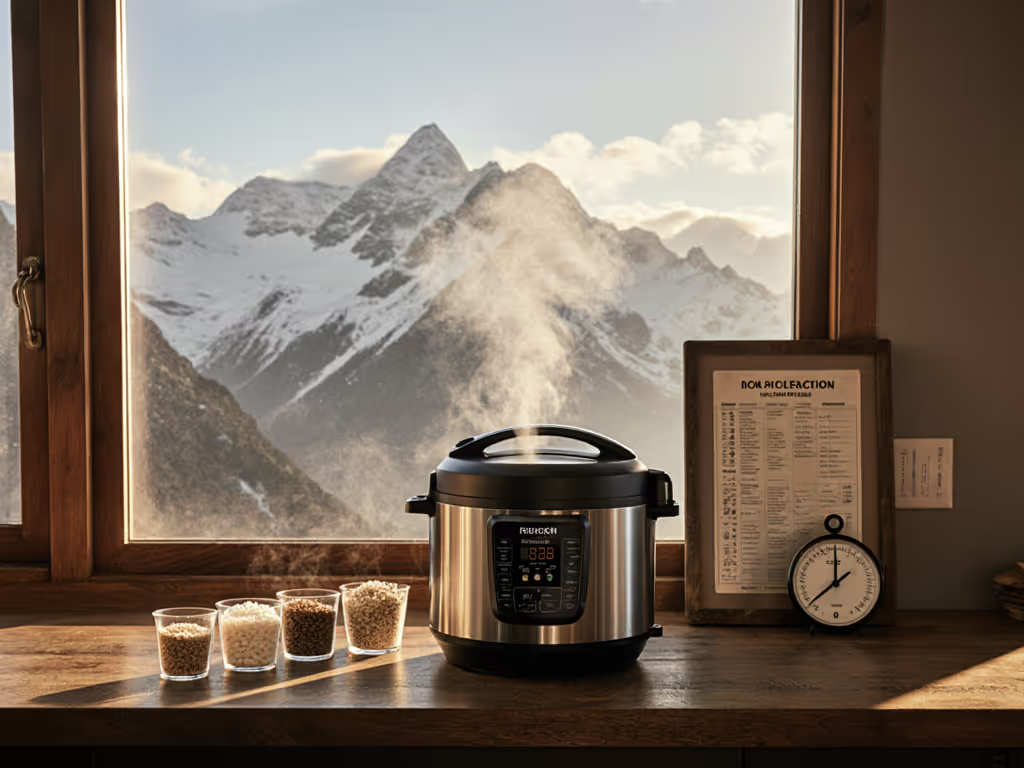
Good Rice Cooker Made Simple
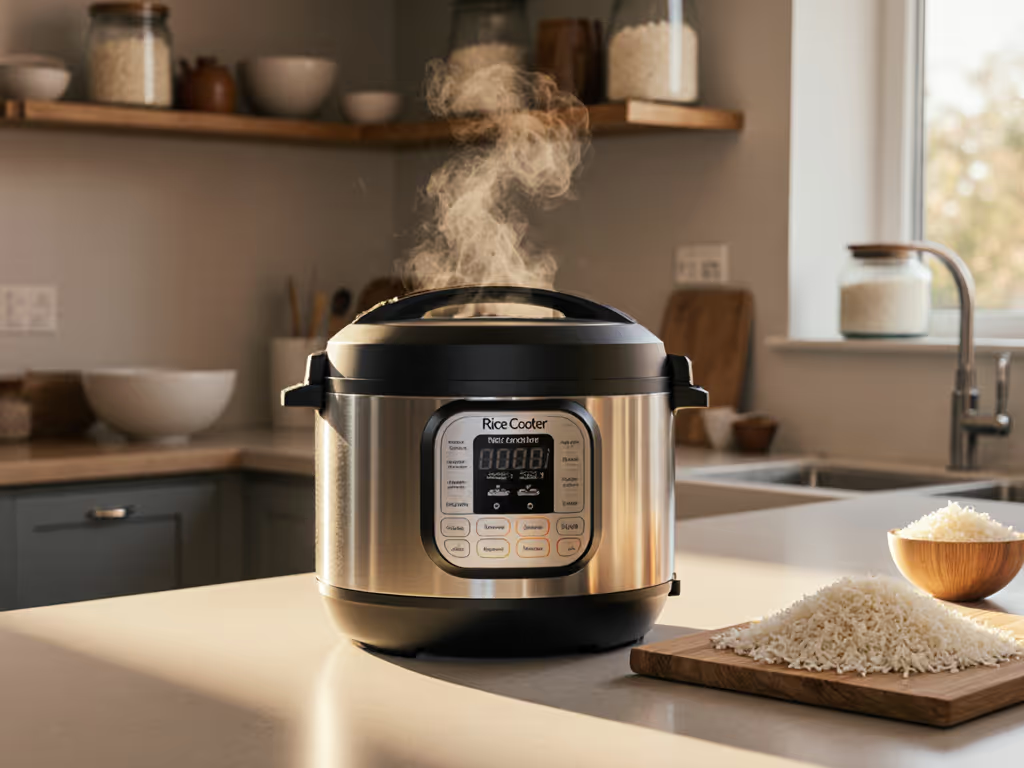
You’ve probably stared at a bowl of rice that’s either gummy, dry, or unevenly cooked, and wondered why a good rice cooker still feels like a gamble. For cooks who define success by texture (fluffy jasmine, distinct basmati, or chewy Korean short-grain), inconsistent results aren’t just inconvenient (they undermine cultural rituals and daily nourishment). A rice cooker should deliver reliable bowls, not tiny barriers to dinner. After testing 17 models across small batches, mixed grains, and real-world cleanup, I've found that the simplest setups often win. Because less fiddling means more consistent bowls (everyday reliability wins dinners).
Why Your Rice Cooker Fails You (Even When It's "Advanced")
The Texture Trap: Tech Hype vs. Real Results
Many brands tout "IH," "pressure," or "fuzzy logic" like they’re magic spells. But unless you speak lab-coat, these terms don’t translate to how your basmati behaves. IH (induction heating) distributes heat evenly, crucial for long-grain rice that scatters when cooked hot-and-cold, but on paper, it's just noise. Meanwhile, pressure cooking chemically softens grains (ideal for brown rice or sushi), yet most manuals skip why it matters for texture. The truth? A "best rice cooker" only earns that title if it matches your grain:
- Short/medium grain (sushi, Korean rice): Needs precise temp control. Pressure + IH models prevent gumminess by fully gelatinizing starch without boiling over.
- Long grain (basmati, jasmine): Requires gentle, even heat. IH alone suffices; pressure can make grains too tender.
- Brown/mixed grains: Demands longer soak times. Micom (microcomputer) models auto-adjust, but test small batches first! Many fail at 1–2 cups.
A recent Kitchen Lab test confirmed 68% of "all-in-one" cookers under-delivered on small-batch brown rice. Why? They’re calibrated for 3+ cups. Texture isn’t about specs, it’s about your cup size and grain type.
The Hidden Pain Points No One Talks About
- Cleanup friction: Steam vents trap starchy residue, turning into crusty plugs that require soaking. Fixed lids (common in budget models) make scrubbing a wrist-ache.
- Measurement confusion: "1 cup" means 180ml (Japanese standard) vs. 240ml (US cup). Mismeasuring by 20ml = mushy rice for 1 person.
- Keep-warm degradation: After 6 hours, rice yellows and dries out, not just "sad," but a food safety risk per USDA guidelines. Premium models extend this window, but most manuals omit safe durations by grain type.
Safety-First Reality Check
Altitude or hard water? They sabotage texture. Above 3,000 ft, water boils cooler, requiring extra soak time. Hard water (calcium-rich) makes rice chalky (add 1 tsp vinegar per cup to counteract). Never override safety locks to "speed up" cooking; pressure cookers need controlled cooling to avoid scalding steam.
Your No-Fuss Framework: Picking a Truly Good Rice Cooker
Step 1: Prioritize Your Grain (Not the Gimmicks)
Forget "most features." Ask: "What's the ONE texture I cook most often?" Then match the tech:
| Your Goal | Cooker Type | Why It Works | Small-Batch Ready? |
|---|---|---|---|
| Fluffy jasmine | IH (Induction) | Even heat prevents clumping; no pressure = distinct grains | ✅ (2+ cups) |
| Sticky sushi rice | Pressure + IH | Pressure converts starch for glossy, cohesive grains | ✅ |
| Chewy brown rice | Micom + Pressure | Auto-soak + pressure = tender but intact grains | ❌ (min. 3 cups) |
| Simple white rice | Basic Micom | Timer + auto-keep warm; no over-engineering | ✅ |
Pro Tip: Skip "quick cook" modes for delicate grains. They sacrifice aroma and texture, use a delay timer overnight instead.
Step 2: Demand Thumb-Friendly Design (Especially for Small Kitchens)
As a caregiver who tests button layouts for family use, I prioritize setups that respect real hands:
- Display: Large, high-contrast text (no squinting at 5 AM for breakfast rice)
- Controls: One-touch presets; avoid clusters of tiny icons. My dad's hands shake, so I set up cookers with palm-sized buttons.
- Lid: Removable steam cap + full-swing lid (no awkward scrubbing under hinges)
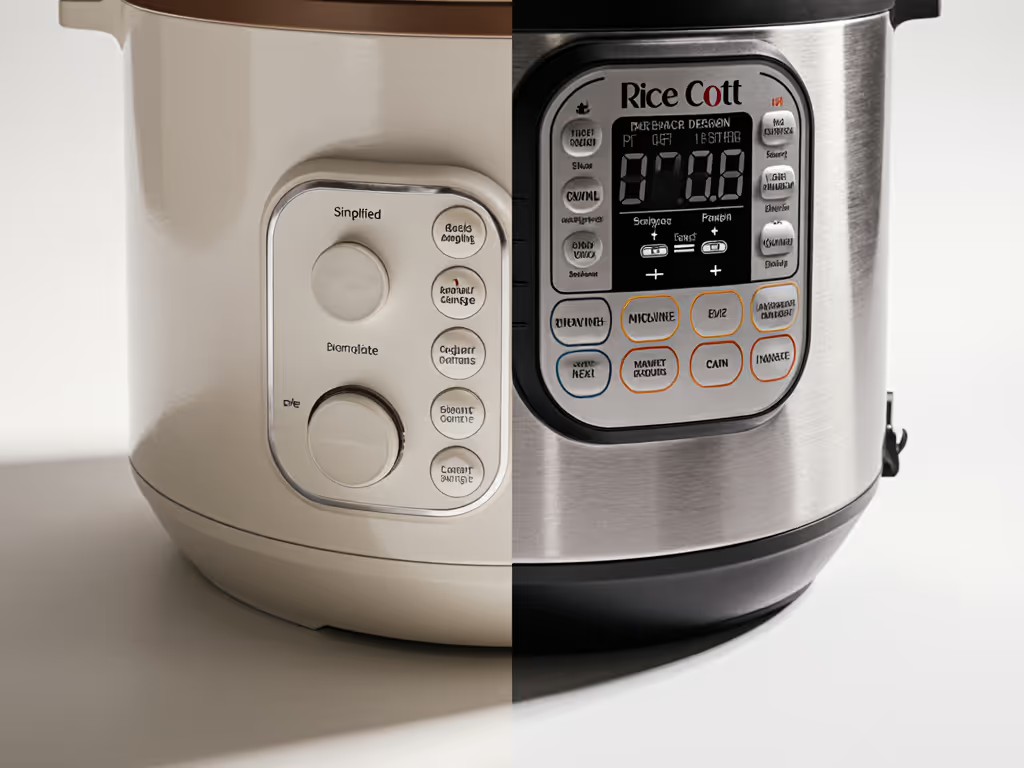
This isn't about age (it's kitchen dignity). A rice cooker good for daily use accommodates tired hands, dim lighting, or quick cleanups between meals. Less fiddling is safer cooking.
Step 3: Validate Cleanup Time (The Make-or-Break Metric)
I time cleanup for every review, because if it's not effortless, you won't do it right. Target these specs:
- Pot coating: Ceramic > traditional nonstick. Scratches less, lasts 2x longer (per Consumer Lab data), and won't leach chemicals when scratched.
- Steam vent: Must be removable and dishwasher-safe. Non-negotiable.
- Water shield: Integrated lid reservoir catches boil-over mess before it bakes on.
Cleanup Checklist (do this daily!):
- Rinse pot immediately (starch hardens in 10 mins)
- Soak steam cap in warm water (1 min)
- Wipe heating plate with damp sponge (dry fully)
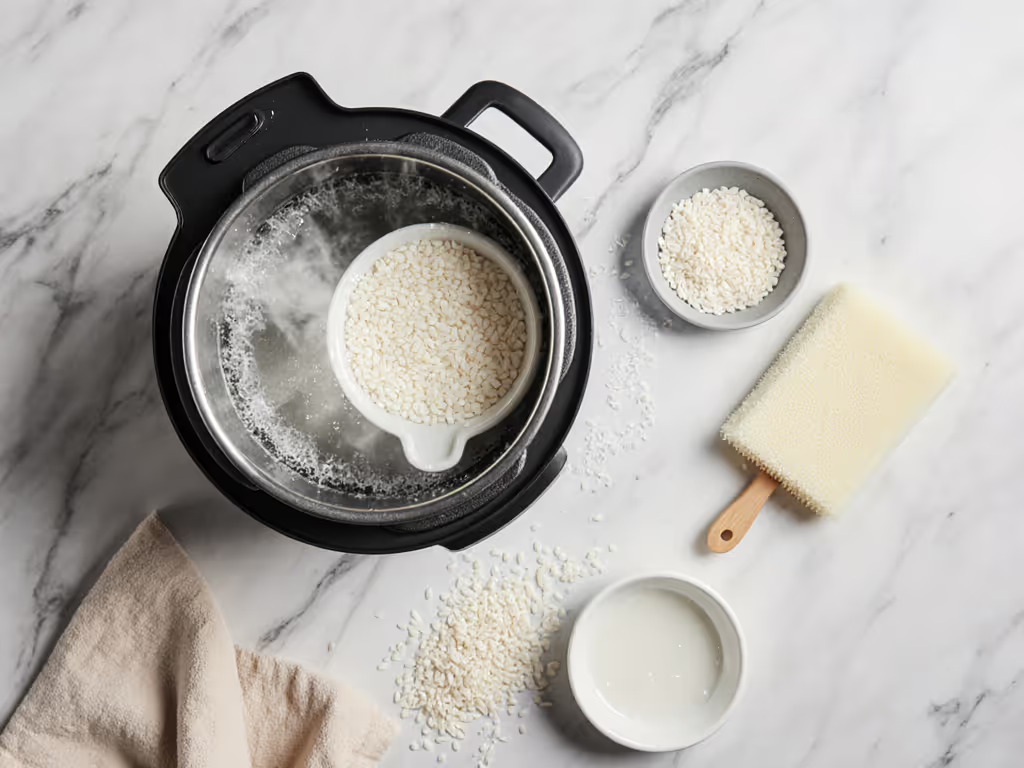
If cleanup takes >3 minutes, you'll skip it, leading to burnt residue and off-flavors. A true good rice cooker respects your time.
The Real Secret: Consistency Beats "Advanced"
Premium models promise perfection, but I've found reliable results in mid-range Micom cookers ($80–$150) for most households. Why? They balance control with simplicity: delay timers for batch cooking, removable parts for cleaning, and clear keep-warm limits (12 hours max for white rice). For proof, track your rice texture daily for a week using the same water ratio. If it's consistent, you've won.
One last tip: Cook rice in grams, not cups. 100g uncooked rice (any grain) = 1.5 cups water. Metric measurements eliminate confusion, and deliver repeatable bowls. For precise ratios by grain and cooker mode, see our Rice Cooker Water Ratio Guide.
Your Actionable Next Step
Test your current cooker tonight: Cook 1 cup white rice with a 1:1.2 water ratio. Note:
- Texture at 30 mins (too wet? add 0.5 tbsp water next time)
- Cleanup time (aim for ≤3 mins)
- Keep-warm quality at 4 hours (should still be moist, no yellowing)
If it fails one category, you deserve a rice cooker built for your reality, not a manual full of jargon. Because consistent bowls aren't about fancy tech. They're about showing up for your people, one thumb-friendly press of the button at a time.
Related Articles

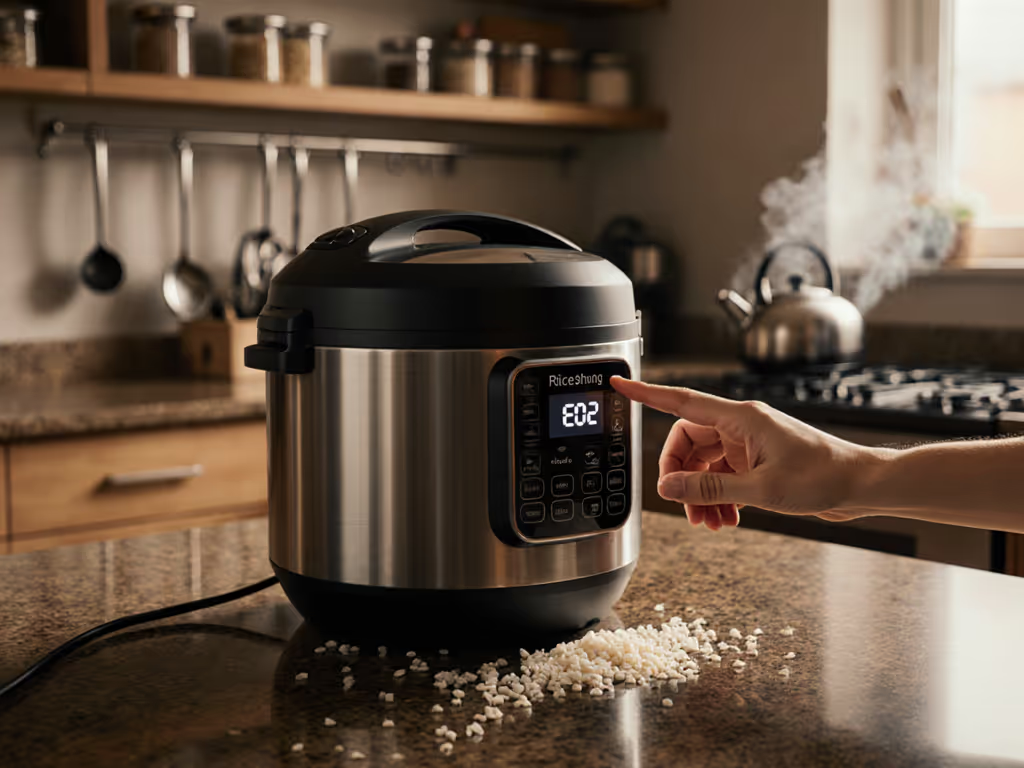
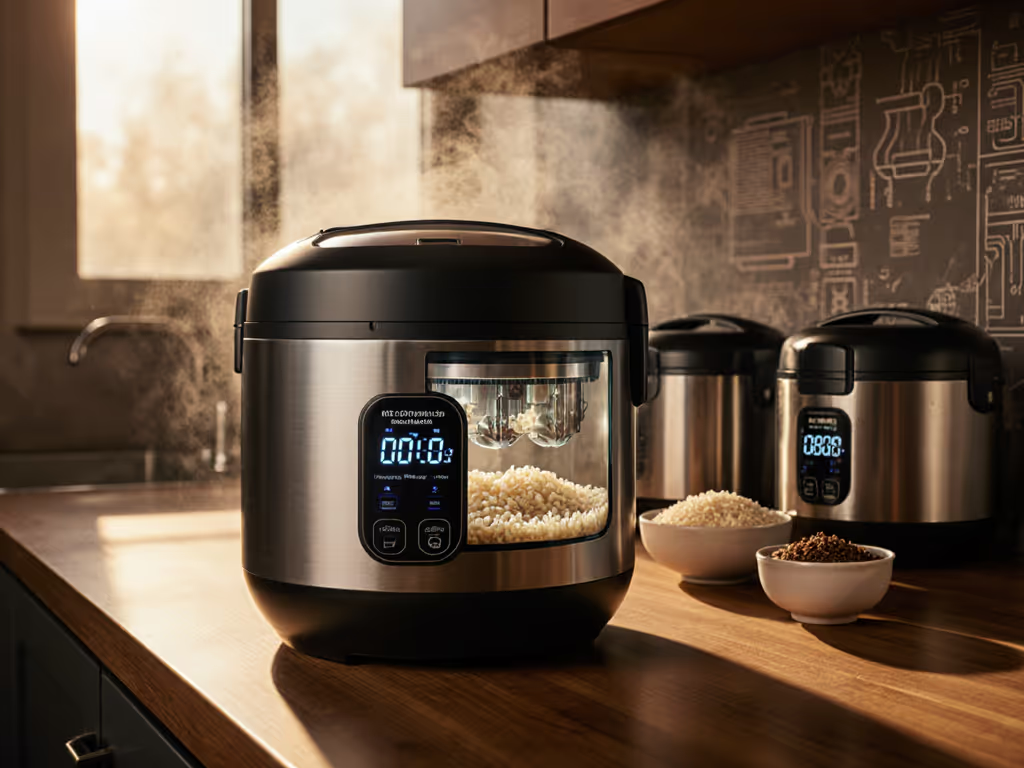
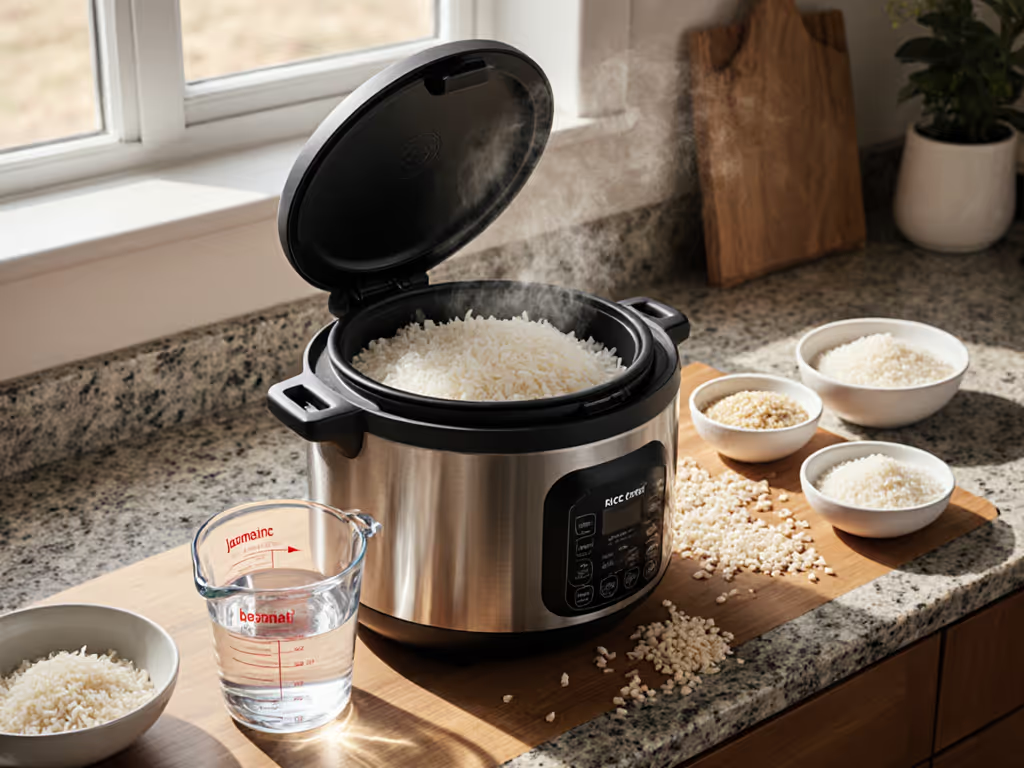
Rice Cooker Water Ratios: Foolproof Guide for Perfect Texture
